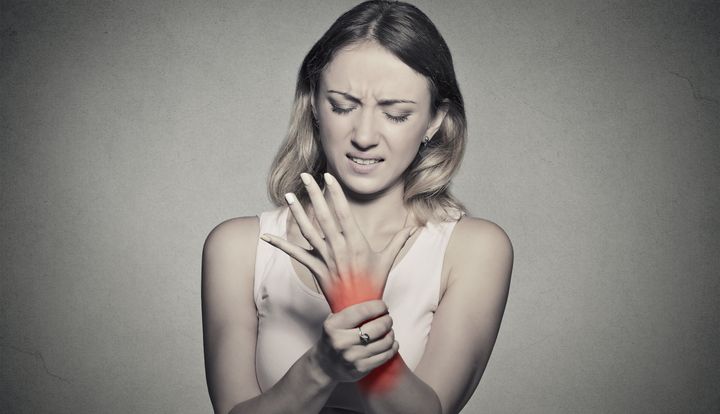
Researchers at the University of Texas at Arlington have been working on a new way to treat chronic pain -- and it just might help curb the rampant abuse of opioid medicines prescribed for pain management.
Using a wireless device, the researchers demonstrated in lab rats how electrically stimulating an area hidden deep in the brain could relieve long-term pain. The method could offer a new way to alleviate chronic pain without the negative side effects of opioid medications, said Dr. Yuan Bo Peng, a psychology professor at the university and a corresponding author of the new research.
Each day, more than 40 Americans die from prescription opioid overdoses and more than 1,000 are treated in emergency rooms for misusing prescription opioids, according to the Centers for Disease Control and Prevention. The most common drugs involved in prescription opioid overdose deaths include methadone, oxycodone (such as OxyContin) and hydrocodone (such as Vicodin).
In fact, addictions to and overdoses from prescription opioid pain medicines have reached "epidemic levels," the U.S. Food and Drug Administration reported last month.
"Many patients could benefit and live a better life owing to our invention," Peng told The Huffington Post on Monday. "This line of research is important because nearly 50 percent of patients who seek medical help do so because of pain."
The new, closed-loop pain management method has been recently patented, and was described in a paper published in the journal Experimental Brain Research in January.
According to the researchers, what makes it different from other electrical stimulation methods is that it involves using a wireless device to apply electrical pulses to structures deep within the brain even if you're freely moving around.

In experiments, the researchers attached a chip (pictured above) to Sprague-Dawley rats that could be controlled wirelessly to stimulate the brain's ventral tegmental area -- a structure that's associated with pleasure, reward and addiction. The direct stimulation activated neurons in the ventral tegmental area that are involved in releasing a feel-good chemical called dopamine in the brain.
The researchers found that activating the neurons in this area and enhancing their connectivity with the electrical pulses actually helped to reduce the feeling of pain in the rats -- suggesting this area of the brain can also play an analgesic role.
In turn, separate studies have shown that lesions in the area can exacerbate the feeling of pain.

"In other words, if you imagine that the nerves in our body are circuitry wires, pain is due to the disconnection or malfunction in the wiring," Dr. Jung-Chih Chiao, an electrical engineering professor at the university and a co-author of the new research, told HuffPost. "Our method to ease the pain is to enhance proper connections in the circuitry by sending electrical pulses."
The researchers concluded that their electrical stimulation method provides a user-controllable way to inhibit chronic pain -- and it might not be long until this new method can be used on human patients, Chiao said.
"There are several other commercial companies making FDA-approved stimulation devices for neurological and psychiatric disorders, such as Parkinson’s disease, depression and dystonia, so many safety issues have already been investigated and addressed," he said. "We hope to see this move forward rapidly to make our technology available for patients to alleviate the suffering of millions."
